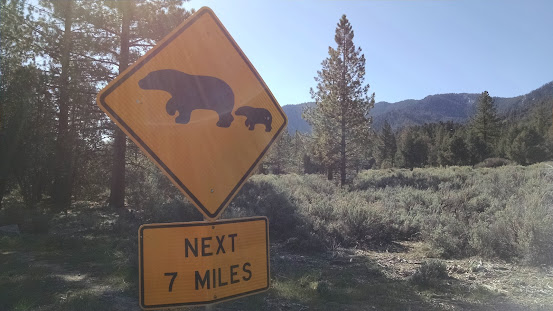Creating Corridors

Creating Corridors: Multi-Path Suitability Analysis Creative Commons Background Wildlife corridors are a stretch of land where animals migrate from one location to another. They can be as small as a culvert or as wide as entire continents. As humans encroach on habitats, creating and maintaining wildlife corridors are vital to the preservation of animal species. In this hypothetical scenario, we have been asked to propose a wildlife corridor for black bears living in the Coronado National Forest. Coronado National Forest encompasses a large swath of southern Arizona and New Mexico, consisting of eight "wilderness areas". Animals wishing to travel from one wilderness area to another will encounter human development. We can think of animal movement in terms of cost. Like humans, the bears will want to use as few resources as possible and minimize risk in order to travel. Objectives For this project, we need to create a corridor. The corridor is the overlapping area between tw...
